
Recommendation
McKinsey colleagues Chris Bradley, Martin Hirt and Sven Smit challenge strategic planning’s conventional wisdom by pointing out it hasn’t worked in 50 years. They urge leaders to acknowledge the social and emotional dynamics at play in any strategy session – egos, status, risk aversion, and the like – and remove these biases. Replace them with a process that you base on data, facts and an outside-the-firm perspective to calculate which opportunities offer the highest probabilities of success. Then, say the authors, bet big.
Summary
About the Authors
Chris Bradley, Martin Hirt and Sven Smit work together in McKinsey’s Strategy Practice. Smit resides in the Netherlands, Hirt in China and Bradley in Australia.
By the same authors
Learners who read this summary also read
Book
Book
Book
Book
Book
Book










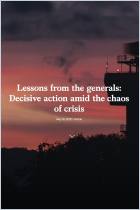
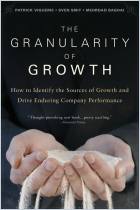

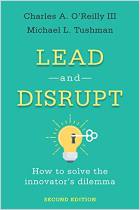
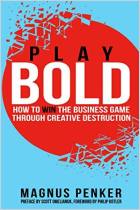
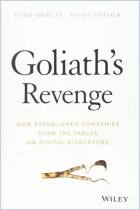
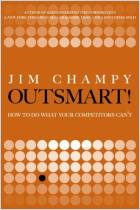
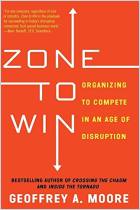



Comment on this summary or 开始讨论